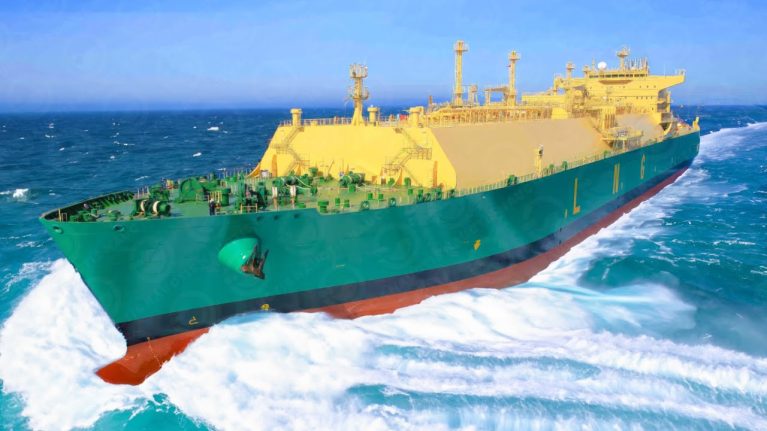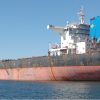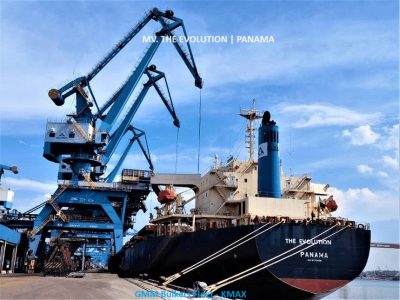By GMM Training | 2024-05-07 | Case Studies |

In the early morning a small cargo ship left port bound for a short sea destination. The OOW was alone on the bridge as it was now daylight and visibility was good.
As edited from NSIA (Norway) report 2022/12
He set a SSE course, as per the voyage plan, and the vessel was making about 12 knots. The OOW scanned the horizon for potential dangers through the bridge windows and observed AIS signals from a few smaller vessels on the radar. He did not see any targets that concerned him, although there was a target near their heading line to port at about 6nm. The OOW then turned his attention to administrative tasks using a computer placed aft in the wheelhouse.

Meanwhile, on a fishing vessel about six nm away, the two person crew were trawling for prawns. Both the navigation lights and day shapes for trawling were displayed. The AIS had been set to passive mode during the night to conceal the vessel’s position, as the location of specific prawn fishing grounds was considered a ‘trade secret’.
At about 08:28 the crew stopped trawling and started hauling the trawl net. Due to currents and because they were being pulled towards the trawl while hauling, the vessel was now moving astern at about one knot.
It was around that time that the skipper noticed the cargo ship coming more or less towards them, but he perceived it as part of the normal traffic in the area. He reactivated the vessel’s AIS about this time. As it was daylight and good visibility, he did not think it was necessary to communicate with the cargo ship.
After a few minutes, the skipper observed the cargo ship approaching ever closer, but initially assumed that the vessel would pass without any risk of collision. Soon, however, he realised there was imminent danger of collision, he set the engine to full speed astern but was unable to avoid impact.
On the cargo vessel the OOW felt something hit the bow of the ship. Looking out, he saw the mast of a fishing vessel close along the starboard side. The time was 08:35.
The collision caused the fishing vessel to heel over and turn around almost 180 degrees. Once clear of the cargo ship, the fishing vessel still had propulsion. The crew were unharmed and proceeded to check the status of the vessel, which had sustained considerable damage to the port bow bulwark but otherwise was out of danger.
After the collision, the OOW reduced the speed of the cargo ship, turned the ship around, called the fishing vessel on VHF and asked whether they needed assistance. Both vessels later returned to port for inspection and repairs.
Lessons learned
- Distractions, be they administrative or personal (mobile phones!) are antithetical to keeping a sharp lookout.
- Not all small vessels carry or use their AIS consistently, so keeping a sharp visual and radar lookout is essential.
GMM Training / The Nautical Institute



















